Insights into the milk powder industry and why I switched Nate to a wallet-friendly brand with higher quality and value.
Readers who have been following my parenthood journey from Nate’s birth late last year will probably recall that we were first feeding him a different brand of formula milk, which cost us almost $60 each time.
Coupled with the cost of numerous diapers, baby clothing, feeding needs and more, the amount we were spending on Nate each month was no small sum, and it was going to hurt our wallet if we continued to pay $60 every 10 days for a tin of milk powder to meet his demand.
Thus I embarked on numerous trips to the supermarket and took it upon myself to research all the different milk powder brands available, by comparing them on both price and nutritional levels. The findings were unsurprising (you can view my excel sheet here), and proved what I had always suspected: price does not necessarily equate to quality when it comes to milk powder.
Shortly after that, I switched Nate to Nature One Dairy. This post explains why.
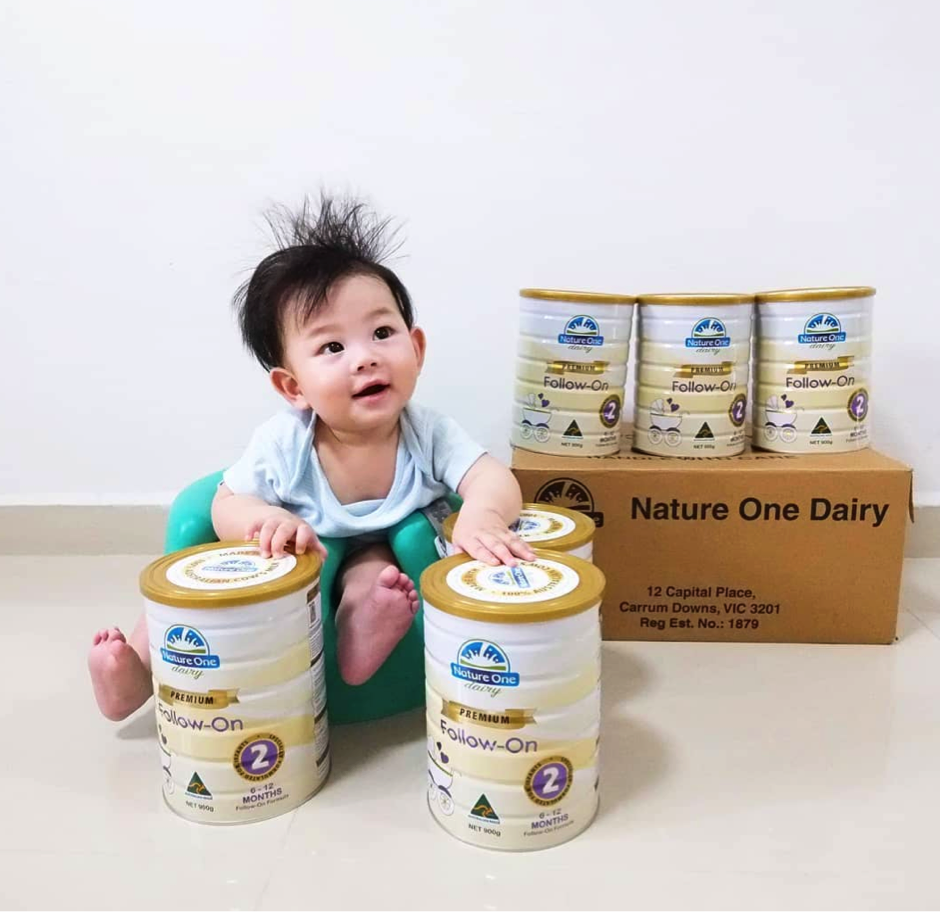
The Milk Powder Industry
There are various milk brands being sold in Singapore, all touting different benefits for your child, and when it comes to country of origin, a quick Google search will show you that milk from Australia is said to be among the best for your child.
However, not all milk formula brands in Australia have their own manufacturing facility. Some brands outsource their production to various factories – some owned by them, others owned by a third party manufacturer. I had the privilege of meeting the CEO of Nature One Dairy recently to chat about how the industry works, how milk is produced and sold, among other relevant topics. That was when I found out that Nature One Dairy manufactures all its infant milk formula in their own pharmaceutical grade manufacturing facility in Australia.

We’ve all heard of the infant milk formula contamination saga last year, so I asked about the controls that Nature One Dairy has in place to prevent incidents like these from happening. By having a cleanroom with controlled environmental parameters such as temperature, humidity and pressure, as well as filtered air and the highest cleanliness standards, this is how they (and the best manufacturers in the industry) reduce the risks of contamination to almost zero.
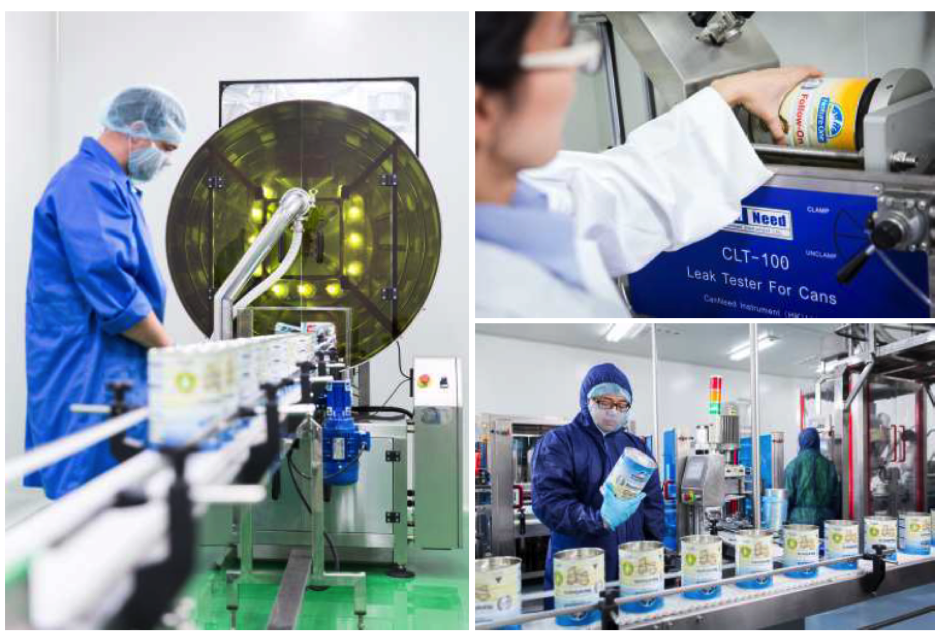
And of course, by being a manufacturer and selling their own products, they’re able to maintain their high stringent standards and quality. This also reduces third party risks, as well as middlemen costs – which translates into…
Lower Prices
My child’s nutrition and health is non-negotiable, and I absolutely do not believe in giving a cheaper brand of milk powder just because I’m trying to save money.
However, as my research has proven, contrary to popular beliefs, the most expensive milk brand is NOT the best nor the most nutritious. But don’t take my word for it – go to the supermarket and compare the nutrition levels for yourself, or you can ride off my excel sheet here.
The funny thing? Most milk formula brands cost more than double in Singapore as compared to Australia. Yes, the same brands!
Nature One Dairy formula prices are similar to the average median pricing in Australia (between $20 to $30) regardless of whether it is sold in Australia or Singapore and this is something I really appreciate. The slight price difference is mainly due to currency exchange rate, costs for export, transport and import costs.
Since switching to Nature One Dairy, I’ve reduced my monthly expenses on infant milk powder by 50%.
That’s the equivalent of more than $1000 saved in a year.
But is the quality guaranteed?
Price is not always indicative of quality, as the stock market will tell you. The same goes for the infant milk powder industry, because all Australian manufacturers cannot release goods for sale or export unless the products have passed stringent testing requirements first, and obtained health certificates for export.
For Nature One Dairy, their manufacturing facility undergoes regular and strict onsite auditing and inspections by the Australian government, Dairy Food Safety Victoria, the country’s Department of Agriculture and Water Resources, and more.
Okay, but then why do some brands charge such high prices?
Perhaps the best people to answer this question would be the spokespeople of the brands themselves, but from what I’ve observed, many of the more expensive brands also seem to spend a lot more on marketing and freebies – all of which cost money, and surely that money has to come from somewhere.
For instance, I frequently see many of those brands as sponsors at many pregnancy conferences, and paying prominent lifestyle influencers who charge considerable fees for sponsored posts. One example would be a popular lifestyle influencer in Singapore, who was initially feeding her daughter Enfamil, then later did a sponsored post promoting Abbott, and then recently promoted Bellamys. Personally speaking, while I’ve nothing against her, I’m unable to figure out which she thinks is the best milk brand for her child anymore, because I’ve seen her change her tune each time a new brand sponsors her for a post.
Singapore: The Crackdown on the Milk Powder Industry’s Marketing
As a consumer, I’m not a fan of what I feel are misleading product names in the milk powder industry. For instance, names like Gain IQ and Intelli-Pro gave me the impression that if my child drinks those, they’ll make him smarter, but when I compared the nutritional levels, I found no evidence that this will indeed be the case.
Some other examples include Enfamil’s marketing message, which is that they’re “scientifically formulated to support overall mental and physical development, with ingredients DHA, ARA, choline, prebiotics, zinc and iron”, while Wyeth S-26 claims that they “contain 26 specialized ingredients to complement the learning environment for nuturing your child’s mind”. Well, guess what? The same ingredients can be found in other brands as well, which are retailing for almost half the price.
I’ll willingly pay more for higher quality, but my research has shown that it isn’t the case.
Are higher nutritional levels better?
Some mothers believe that milk powder with higher nutritional levels are better for their child, but I personally don’t believe in that because only nutrients that are within legal limits are clinically proven to be safe, and those that exceed legal limits might have side effects on babies. Moreover, in the milk powder industry, higher nutrients may not necessarily be better; it is all about balance.
Our babies’ digestive system and organs are not yet fully developed, so I’m also concerned of the potential issues that could arise later if we consistently feed them nutritional levels that their system (eg. kidneys) may not be mature enough to process. However, there aren’t enough studies (yet) to show the impact of this on babies, so as parents, we will need to determine what we feel is best for our children, and then live with the consequences of our own choices.
Is more prebiotics better?
Manufacturers often add prebiotics (often found as FOS, GOS and/or inulin within the ingredients list) to milk powder to mimic the effects of oligosaccharides that occur naturally in breastmilk. However, these substances are not absorbed in the small intestine, and reach the large intestine as essentially intact. Breastfed infants generally have softer stools compared with formula-fed babies, and this difference may be due in part to the presence of oligo- and polysaccharides in breastmilk.
Moreover, GOS and inulin-derived substances are hardly digested in the small intestine. As there is virtually no systemic exposure to these intact oligosaccharides, the only possible adverse effect identified has been an increased osmotic potential within the colon, which can potentially lead to increased water loss and dehydration. It has thus been concluded that these substances, either alone or in any combination, at concentrations up to 8 g/L will contribute to increased osmotic potential in the colon of formula-fed infants.
If that’s confusing, here’s an easier and potentially more useful guide: the legal limits under the governing food standards in Australia and New Zealand.
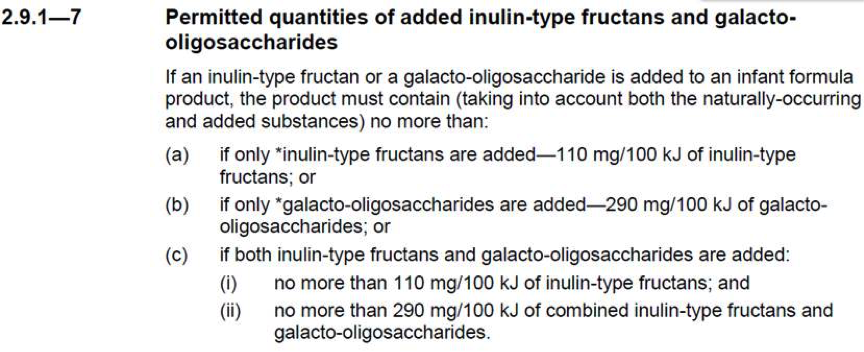
Is more DHA better?
Not necessarily. I’ve written on this before, so do read my findings here.
TLDR summary: There’s no conclusive evidence to prove that more DHA makes your baby smarter.
For me, I care a lot about the source of the ingredients as well. Given that DHA can be obtained from fish oil or algae (keep a lookout for crypthecodinium cohnii oil in the ingredient list), I prefer the former.
And that’s another reason why I picked Nature One Dairy, which uses DHA from fish oil, over some other brands such as Enfamil, Similac and S-26 which use DHA from algae instead.
Here’s the legal requirements governing the use of such acids in milk powder produced in Australia and New Zealand:
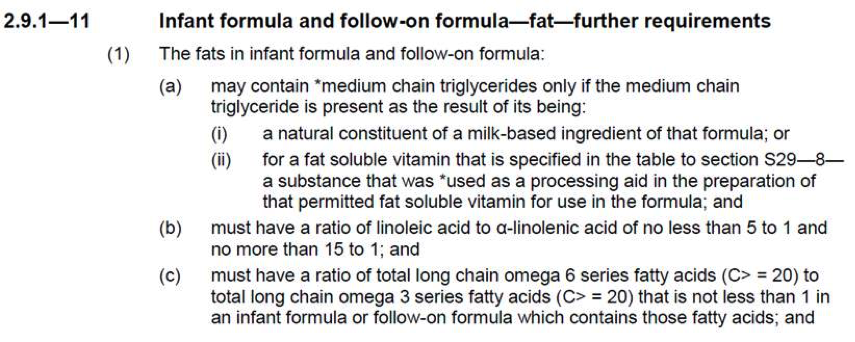

*** Sponsored message below ***
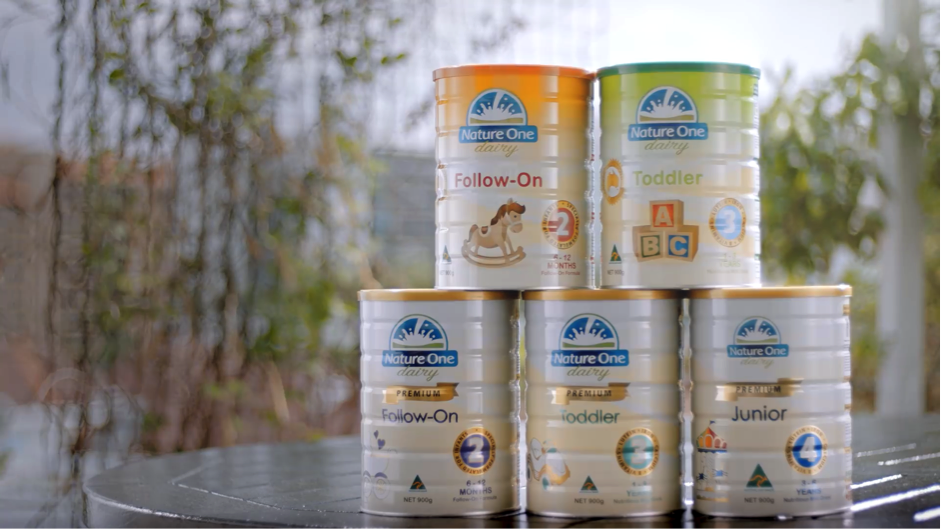
Benefits of Nature One Dairy
You know you can be assured of the highest-quality milk when it is sourced from grass-fed cows in Australia, where the cows are free to graze on the pristine pastures of Gippsland, thus producing consistently high-quality milk. In addition, their milk formula is gluten-free and does not contain sucrose, maltodextrin or any sweeteners. Lactose (the natural sugar present in human breast milk) is the only source of carbohydrate.
All products are manufactured in an ISO-8 pharmaceutical-graded facility that has been specifically designed for infant formula production. All infant formula brands have been formulated by food science technologists to mirror (as close as humanly possible) a mother’s breast milk.
All ingredients used in the manufacturing of Nature One Dairy infant milk formula also have to go through strict microbiological and chemical testing and analysis by nationally accredited laboratories in Singapore and Australia. Their formulas are also halal-certifiedby the Islamic Coordinating Council of Victoria (which is responsible for halal food exports from Australia) and the Australian Halal Authority & Advisers. It is also recognised by the Islamic Religious Council of Singapore (Muis).
As a manufacturer, they also manufacture for other brands, such as NTUC’s FairPrice Gold Infant Formula.
For those uncertain whether to choose between their Standard or Premium formula, the difference is that the Premium range has higher levels of nutrients and GOS (a prebiotic), which some babies may not take well to. Hence, if your baby frequently experiences diarrhoea and bloatedness, then the Standard range may be better suited for them instead. And for parents who want to feed organic milk instead, there’s the Organic range as well.
What’s more, as Nature One Dairy produces pregnancy milk and infant formula for between 0 – 6 years, there is no brand switch needed in between. After 6 years, growing children can progress to the Student Formula if desired.
Pick an affordable milk formula brand without compromising on quality for your child. Choose Nature One Dairy today.
Nature One Dairy milk products can be found online at RedMart, or bought directly off retail shelves at Sheng Siong, Cold Storage, Giant or FairPrice (organic, student & adult range only).
I’m really glad we switched to Nature One Dairy, and I hope that this post will be useful to those of you looking for a more affordable milk option too.
This post was written in collaboration with Nature One Dairy.

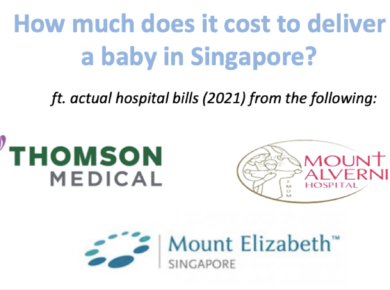
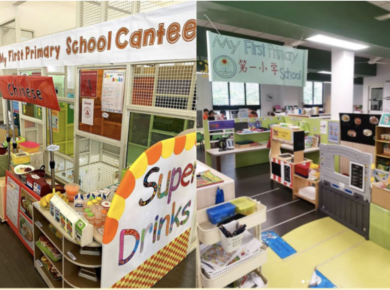
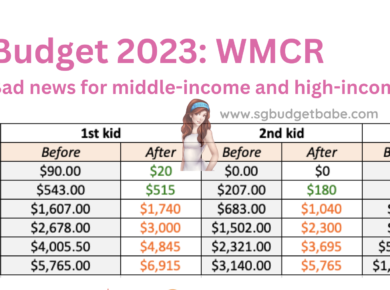
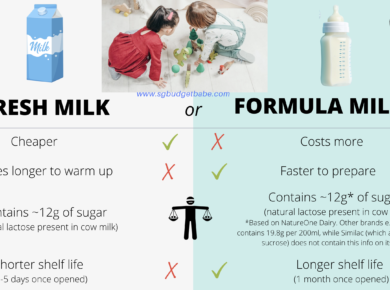
2 comments
Hi Budget Babe! Does the Nature One formula smell fishy at all??
Not at all to us!
Comments are closed.